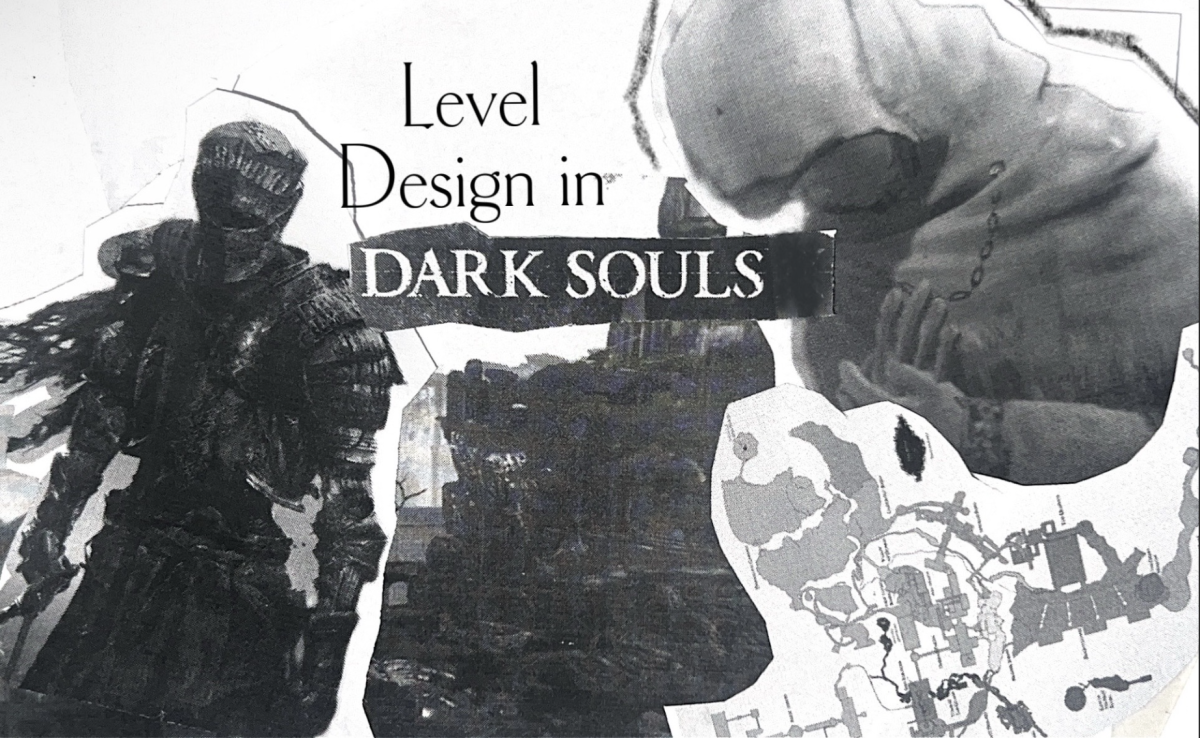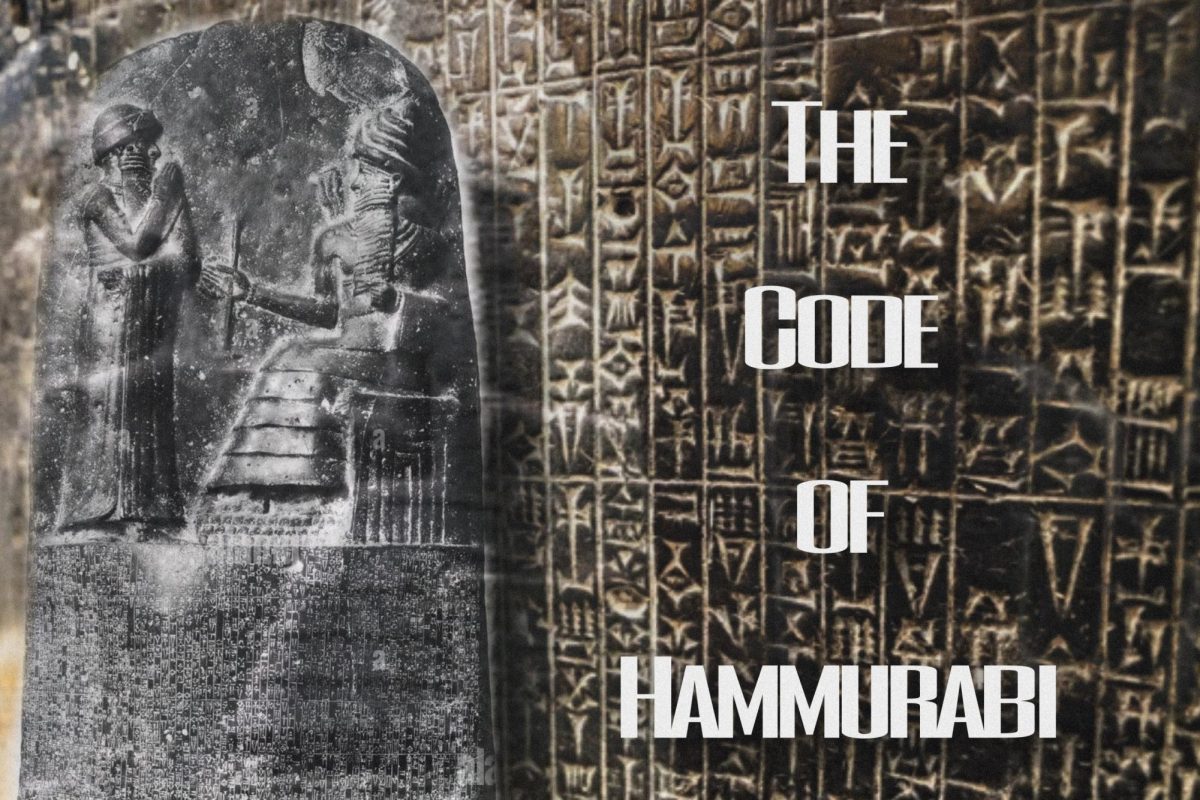Hidetaka Miyazaki, after proving himself to FromSoftware by directing the 2009 game Demon’s Souls, finally got complete control over the successor game titled Dark Souls. With this new series on the way, Miyazaki took a whole new creative approach to linear-level design and world-building by focusing on one thing: Interconnectivity. Miyazaki’s new idea branched into creating one of the most beloved worlds in gaming history.
Dark Soul’s level design focuses on getting the player back to the positive environment they started in, which is the fire link shrine. The first time this happens, it allows the player to be more connected to the world by discovering how it all interconnects. It makes the story much more conceivable with items and environmental storytelling explaining what happened in the new lands the player is exploring.
One of the best examples of how the environment tells stories is the boss encounters early in the game with the Taurus Demon and the Capra Demon. At that moment, the only thing the player knows is that Gwyn waged war on the demons, and Gwyn won. The game challenges the player through seemingly random bosses that you later learn, ultimately connecting the areas. Once you realize it by seeing them in Demons Palace later in the game, it emphasizes the storytelling qualities of the game. These hints are given to make the story engaging because the game does not feed the player the story. Instead, the player has to find the storyline themselves through the environments and item descriptions.
Yet the best experience is the feeling of triumph the levels impose on the player. The design philosophy of being brutal and unforgiving built the Souls series. There are some areas that overreach the barrier that makes the death feel like it’s your fault, but most of the time, the game hits the nail dead on. The level design creates challenges that give the player a problem to solve every interaction, creating engaging combat every time. With the areas being so punishing, the developers reward players heavily if the player explores off-path, giving the player a reason to fully explore areas, and that’s what makes the areas so engaging; there is zero wasted space anywhere.
As you progress through the game, you will explore the depths of the undead parish, travel catacombs, and conquer Anor Londo, as the game rewards you with some of the most satisfying explorations in gaming history. The constant feeling that something is just around the corner makes Dark Souls one of many people’s favorite experiences in the series and maybe even all of the time. The praise is well deserved, and I speak on everyone’s behalf when I recommend it, so you should definitely give it a try.









